Non-Invasive Brain and Neurological Treatment with TMS
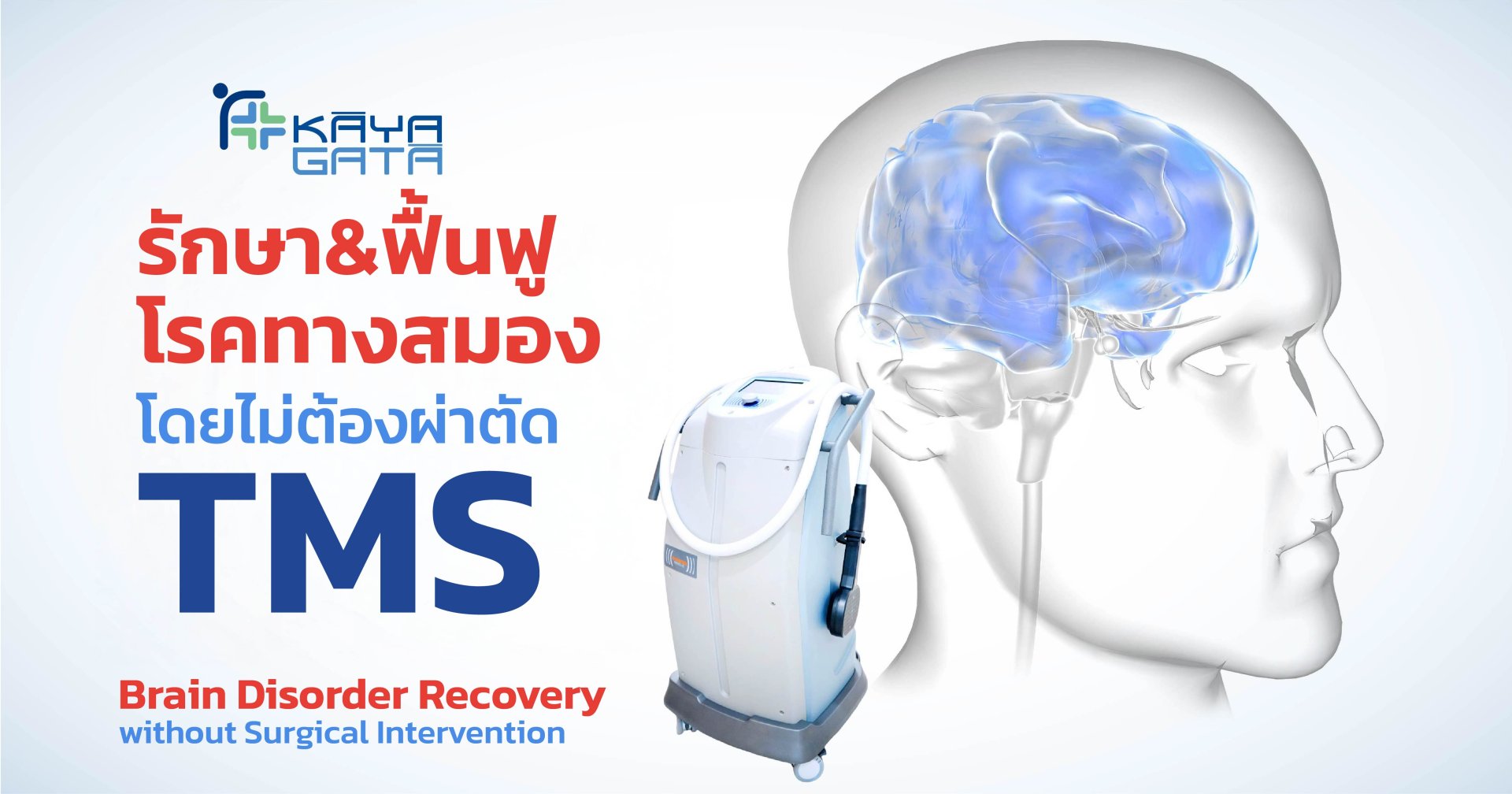
A new dimension in treating neurological and brain disordersTMS (Transcranial Magnetic Stimulation)offers a non-surgical approach to stimulate and rehabilitate the nervous system and brain. This method plays a crucial role in treating a wide range of conditions.
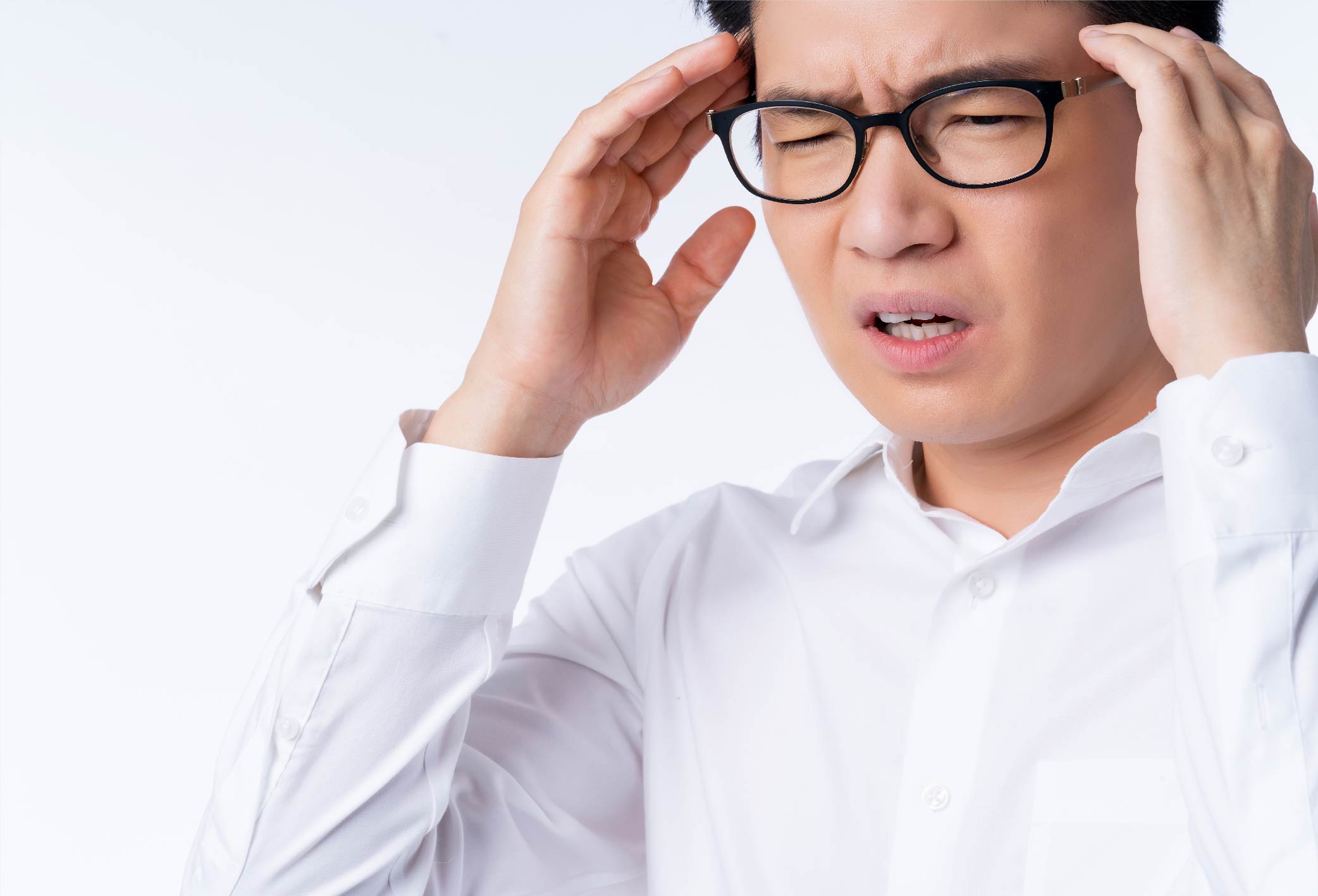
What is TMS?
TMS is a medical technology that utilizes electromagnetic waves to stimulate brain cells through the skull (non-invasive magnetic stimulation). It is particularly effective in helping patients with conditions such as:
- Stroke-induced hemiparesis or hemiplegia
- Traumatic brain injury (TBI)
- Spinal cord injury
- Facial pain or numbness from peripheral neuropathy
- Muscle weakness
- Swallowing or chewing difficulties
- Speech disorders
- Motor function issues
- Sleep disturbances, including insomnia and poor sleep quality
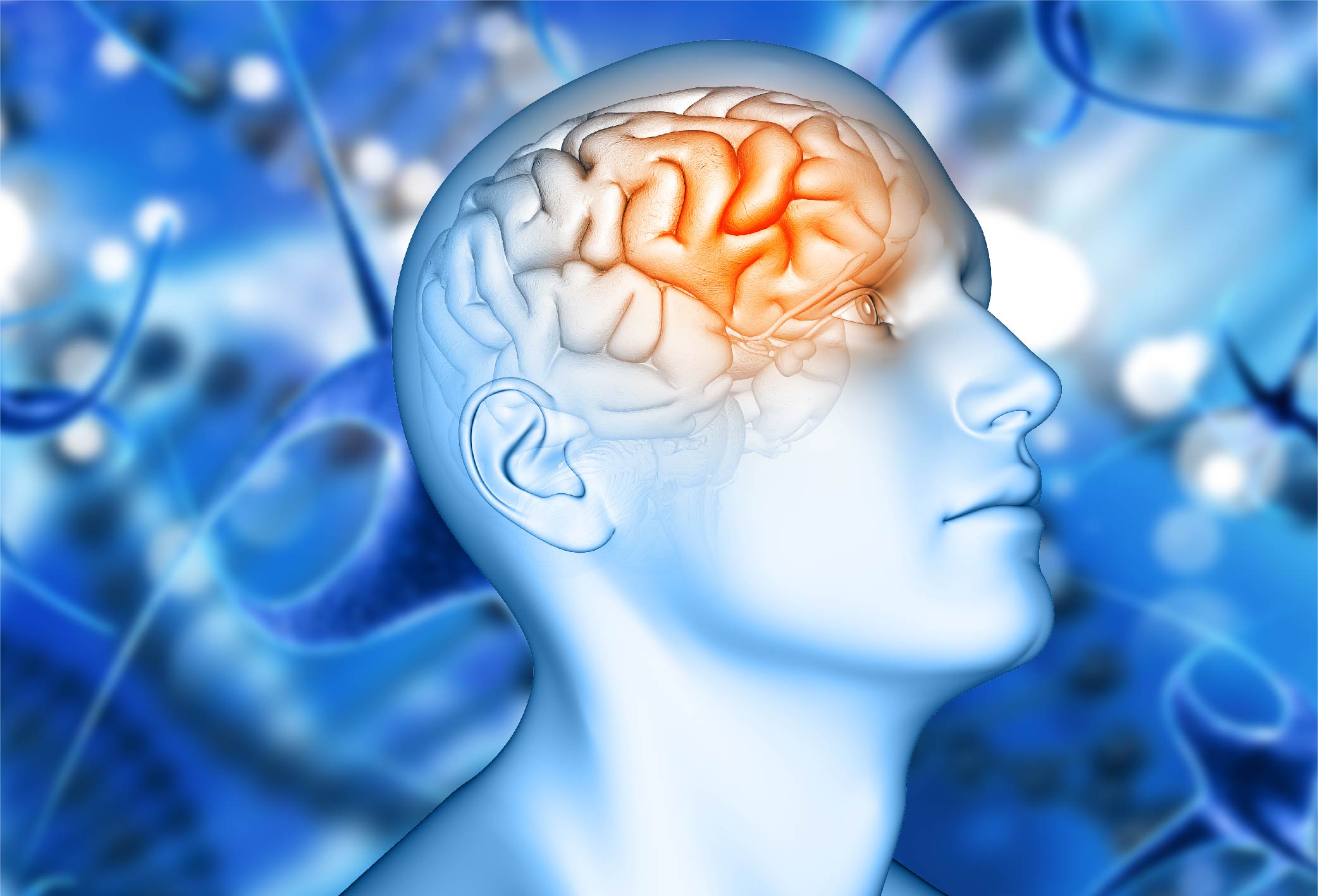
Safe, Painless Rehabilitation Without Surgery
TMS works by emitting electromagnetic waves that stimulate the brain and nervous system without surgical intervention. It induces neuroplasticity, helping restructure and reactivate neural pathways. Additionally, TMS promotes the release of key neurotransmittersserotonin, dopamine, and endogenous opioidswhich support improved brain function and mood regulation. The process is entirely non-traumatic and does not cause physical damage to brain tissue.
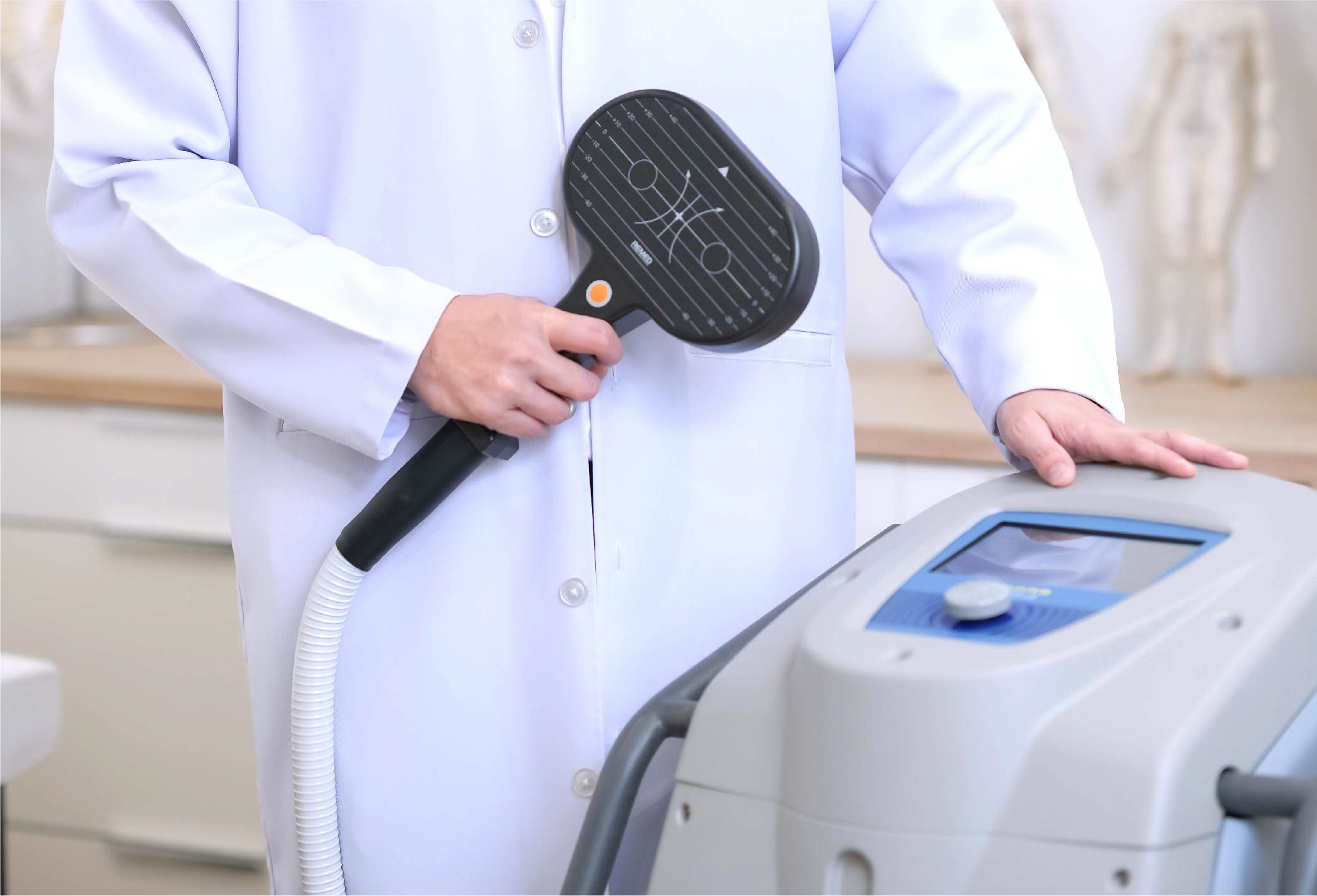
Conditions That Can Benefit from TMS
TMS can be beneficial for individuals with:
- Central nervous system disorders such as hemorrhagic or ischemic stroke
- Direct traumatic brain injuries
- Early-stage dementia
- Alzheimer's disease
- Parkinsons disease
- Autism Spectrum Disorder (ASD)
- Attention-Deficit/Hyperactivity Disorder (ADHD)
- Developmental delays such as delayed speech and learning difficulties
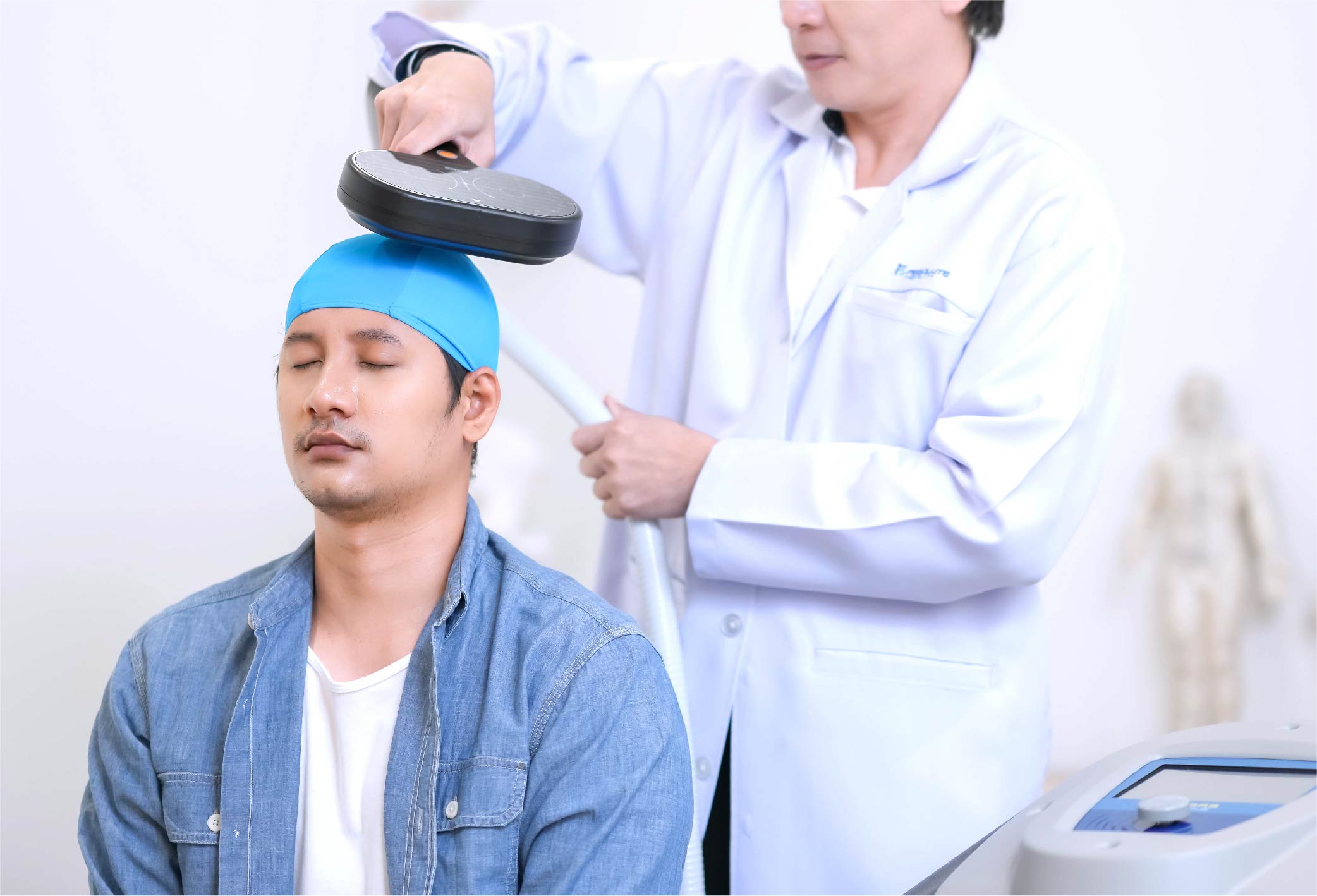
How TMS Therapy is Performed
Treatment begins with a comprehensive medical assessment by a physician. The doctor evaluates the patients condition to determine whether to:
- Stimulate neurons (excitatory therapy), or
- Suppress overactive neural activity (inhibitory therapy)
The physician will also identify the specific target areas in the brain and calculate the appropriate magnetic wave intensity for effective treatment.
What to Expect During TMS Therapy
During a TMS session:
- A magnetic coil is placed on the scalp at the designated area.
- Patients may feel a mild twitching sensation on the scalp or facial muscles.
- There is no pain or need for anesthesia.
- No injections or medications are used.
- No recovery time is required after treatment.
This makes TMS a safe, convenient, and promising option for restoring brain and nervous system function without surgery.
.............................


